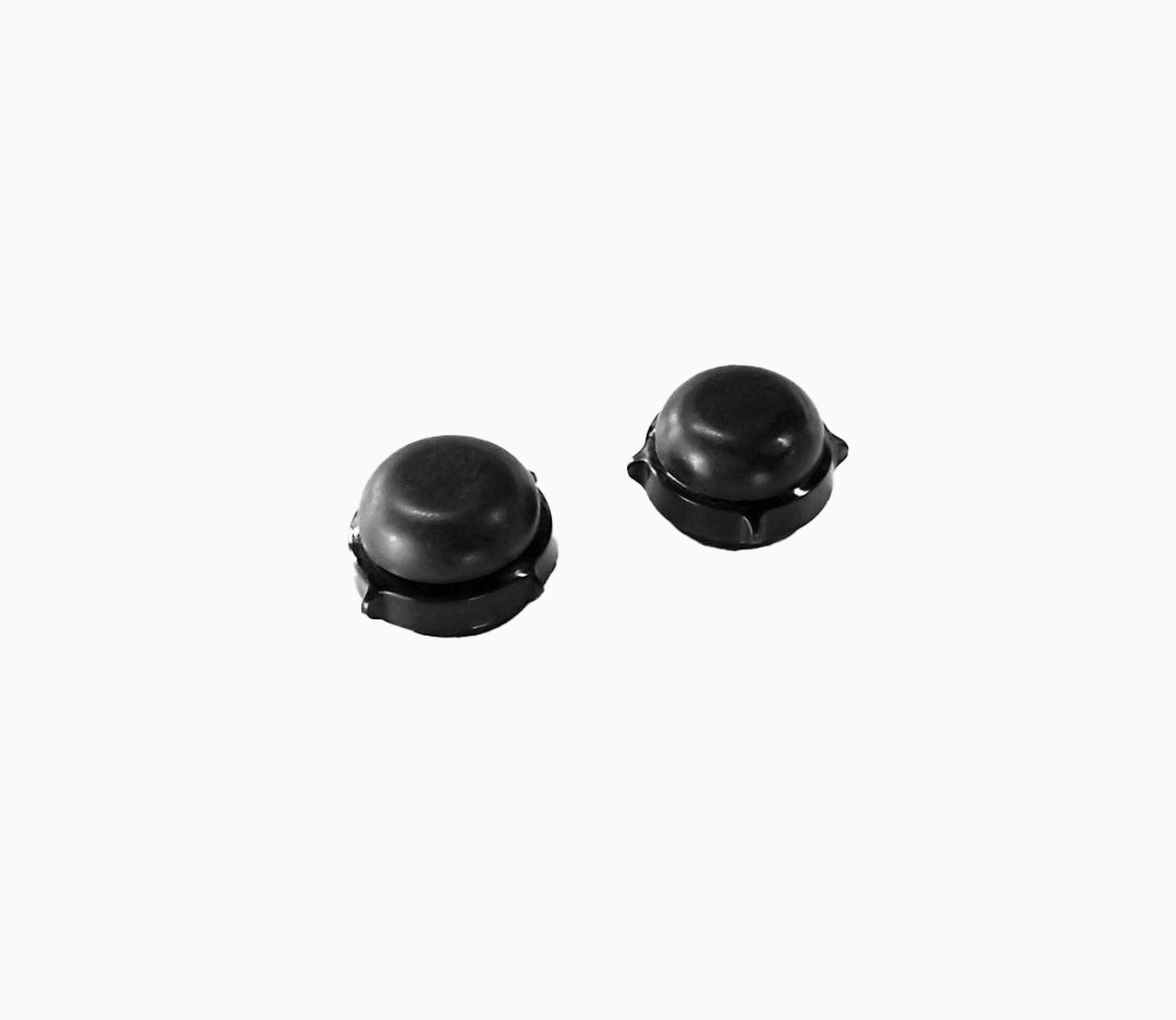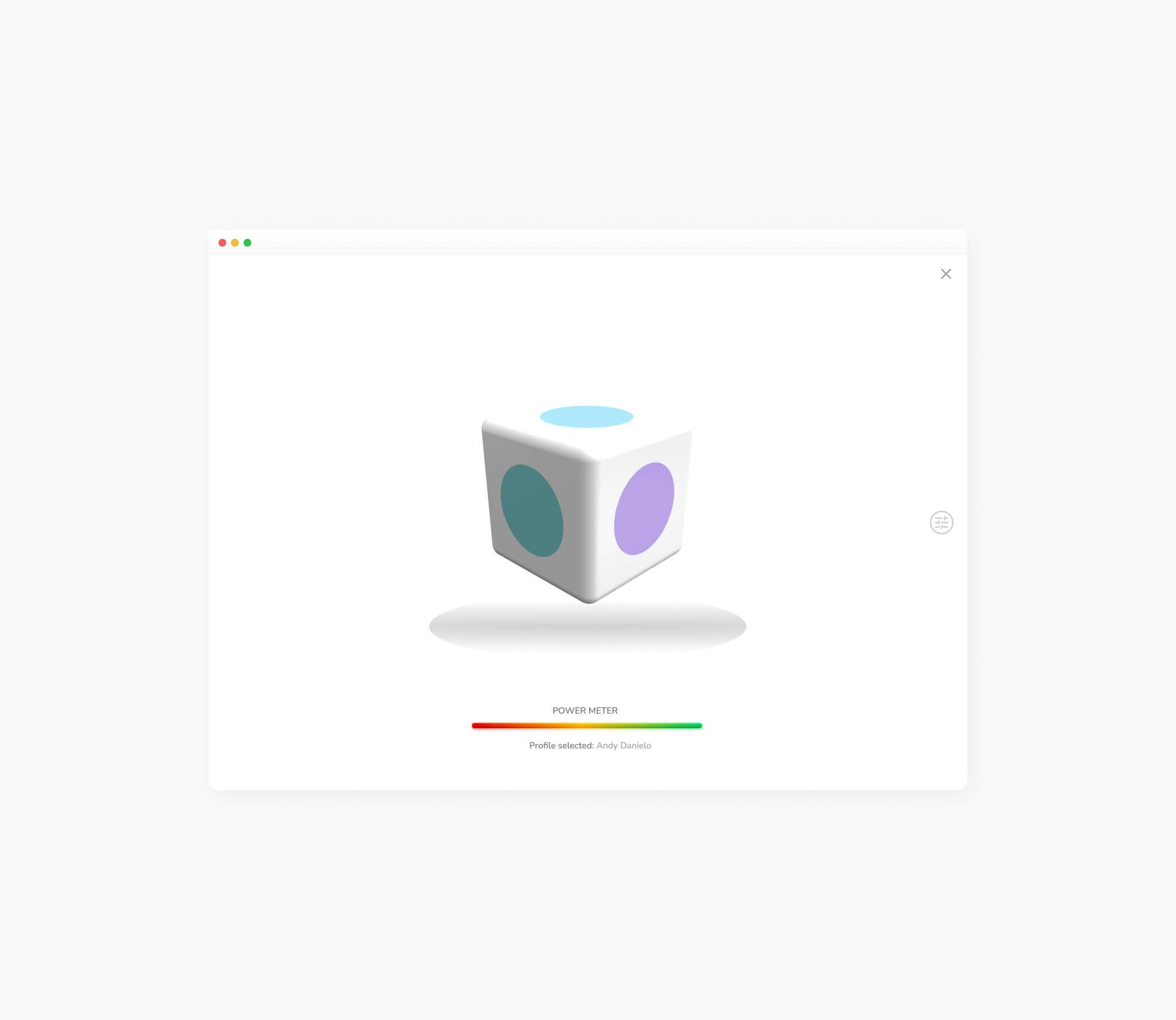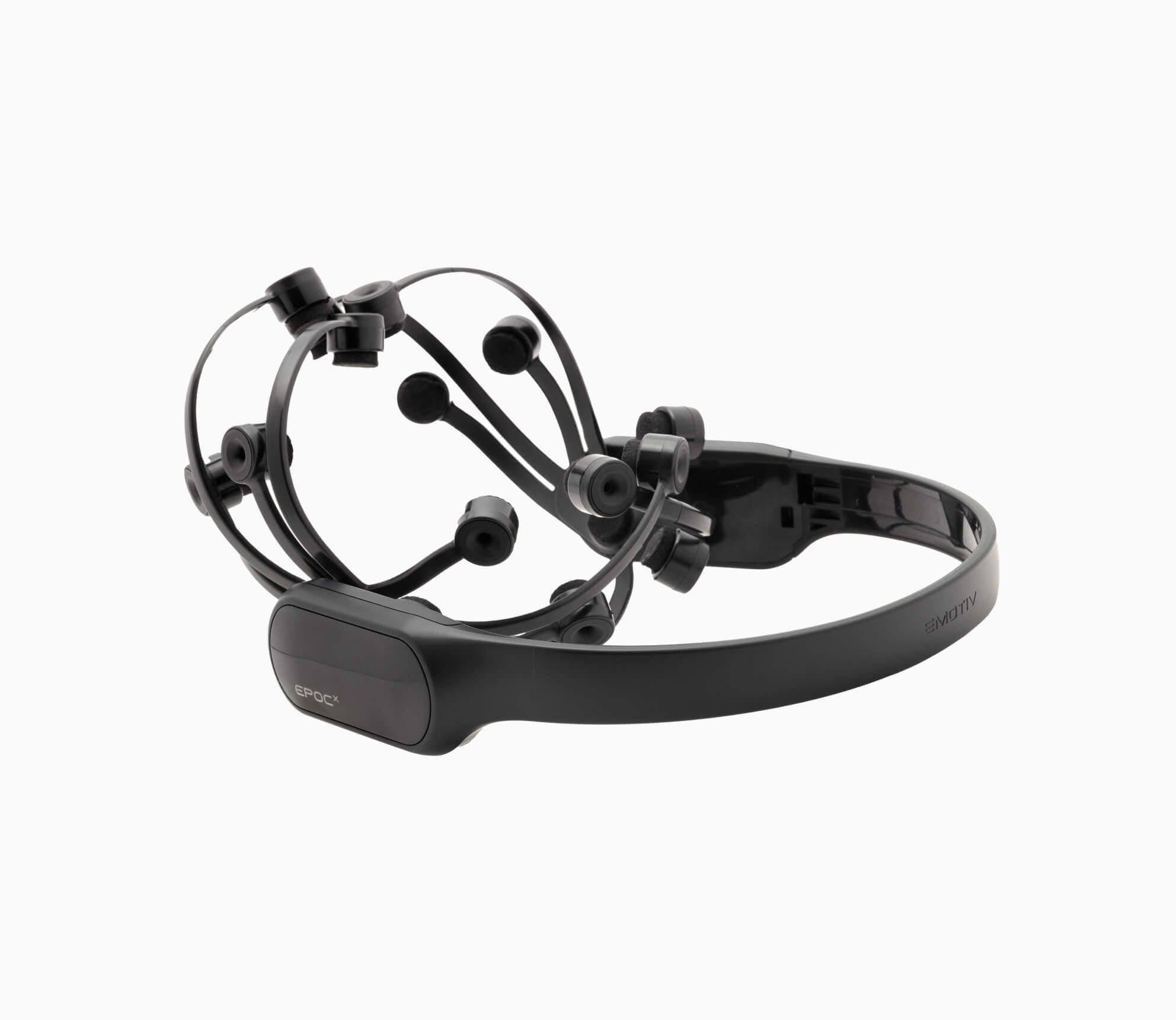Neurobiology
Neurobiology is the study of the nervous system and how the brain works. The field studies nervous system functions, brain function and the related structures such as the spinal cord. Neurobiology is a subset of both physiology and neuroscience.

Neurobiology FAQ’s
What is Neurobiology?
Neurobiology is a scientific field in which researchers study the nervous system and brain function. Both neuroscience and physiology benefit from research findings in neurobiology. The full vertebrate nervous system includes both the central and peripheral nervous systems. The central nervous system consists of the brain, retina, and spinal cord. The peripheral nervous system comprises of the nerves outside the central nervous system that connect it to the rest of the body.
How Does Neurobiology Work?
Basic neurobiology at the tissue level is composed of neurons, glial cells, and the extracellular matrix. Neurons are the nervous system’s cells that process information. Glial cells provide nourishment, protection, and structural support to neurons. The extracellular matrix in the brain provides support on the molecular level for both neurons and glial cells. A specialized type of glial cell — astrocytes — have attracted dedicated research interests. These cells and the extracellular matrix make up nerves and the brain regions. Neuroscience research studies the interactions between each of these.
How Does Neurobiology Affect Behavior?
Each region of the brain affects a different area of behavior, and neurobiology aims to understand these behaviors and the connection to different parts of the brain. Neuroscientific studies have identified the role of the frontal lobe in contributing to personality, emotions, judgment, problem solving, abstract thought, attention, and planning. One distinct function found in the frontal lobe is speech, thanks to Broca’s area. The parietal lobe and the occipital lobe are each involved in interpretation. The parietal lobe contributes to interpreting language, visual signals, and spatial perception whereas the occipital lobe hosts our visual cortices. The temporal lobe includes Wernicke’s area, a key part of the brain for understanding language. The temporal lobe also hosts our auditory cortex and is therefore key for hearing.
Neurotransmitters are responsible for one of three functions: either exciting, inhibiting, or modulating neurons. Most neurobiological disorders are due to fluctuations in these levels. These disorders can also be caused by issues in the ways that neurotransmitters are sent or received. Fluctuations can be caused by over or under-production of neurotransmitters. They can also be caused by damage to the neurons themselves.
Neurobiology and EEG?
Electroencephalography (EEG) is used to study neuronal firing patterns and other brain activity by neurobiology research groups. EEG is recognized as an important clinical tool for understanding the relationships between brain functions and behavior. EEG is widely used by researchers for noninvasive brain studies. Cognitive, perceptual, and motor activity associated with the processing of information can be evaluated using EEG.
What are the Types of Neurobiology Research?
A. Behavioral neurobiology: An interdisciplinary branch of behavioral neuroscience. Also referred to as biological psychology, biopsychology, psychobiology, or neuroethology. Researchers in this field study how the central nervous system translates biologically relevant stimuli into natural behavior. Specialties in this area examine how the mechanics of neurobiology control behavior, such as learning and memory.
B. Developmental neurobiology: A specialized branch of neuroscience. Researchers in this field examine the processes which contribute to brain development and function. This begins with the few specialized embryonic cells which transform into the nervous system. Specialties examine how cells transform and migrate to their roles in the nervous system, before forming a functional nervous system. This research contributes to our understanding of neurobiological disorders.
C. Molecular neurobiology: Another specialized branch of neuroscience. Also known as Molecular Neuroscience. Researchers in this field study neuroanatomy at the molecular level and how molecular signaling functions mechanically in the nervous system. They also study the effect of genetics on neuronal development and the molecular basis for neuroplasticity and neurodegenerative disease. This is a relatively new and dynamic field.
D. Neurobiology of addiction: Researchers in this specialized branch of neuroscience examine how neural circuits play a role in addiction. They also examine the molecular biology of addiction targets in the brain. Human brain imaging studies play a significant role in understanding key changes in these areas which contribute to addiction.
E. Neurobiology of aging: A specialized branch of neuroscience. Researchers in this field study how normal brain aging functions. These researchers often compare normal neurobiology with neurological disorders, such as epilepsy, Alzheimer’s, and age-associated memory impairment. Specialized research foci include neuron death rates and changes in synaptic connections. Researchers also explore changes in the endocrine and elemental concentrations of the brain.
F. Neurobiology of anxiety: Another specialized branch of neuroscience. Researchers in this field examine changes in neuron, neuroendocrine and neurotransmitter activity in anxiety and depression. Researchers study the specific areas of the brain where the greatest changes occur. This research contributes to our understanding of treatment for anxiety disorders.
G. Neurobiology of autism: Researchers in this specialized branch of neuroscience study the neurodevelopmental factors which contribute to autism spectrum disorder (ASD). Specialized research interests include genetic influence, brain development, and brain networks. Researchers also explore the relationship between neuroanatomical brain regions and the onset of ASD.
H. Neurobiology of psychiatric disorders: a specialized branch of neuroscience. Researchers in this field strive to understand the roles of neurotransmitters in psychiatric disorders. Molecular genetics plays a role in researchers’ understanding of this field. One challenge researchers find in fully understanding this field is finding effective control subjects not currently taking psychotropic drugs.
I. Neurobiology of bipolar disorder: A specialized branch of neuroscience and research into psychiatric disorders. The complex nature of bipolar disorder’s fluctuations between mania and depression makes it difficult for researchers to pinpoint causes. Researchers study the interconnected brain circuits and neurotransmitter systems that contribute to this disorder.
J. Neurobiology of trauma: A specialized branch of neuroscience. Researchers in this field explore the interconnected roles of different brain regions, endocrine, and neurotransmitter responses. These effects are studied in short and long-term brain health at the molecular, cellular, and behavioral levels. Research in this field overlaps with developmental neurobiology for childhood trauma or adverse childhood experiences (ACEs).
K. Neurobiology of sleep: A multidisciplinary area of neuroscience. Researchers in this field study sleep and wake-promoting neurons, contributing genetic factors, and behavioral factors that regulate sleep. Discoveries in this field contribute to our understanding and treatments available for sleep and circadian disorders.
Does EMOTIV Offer Neurobiology Solutions?
EMOTIV offers several solutions for the imagery which assists neurobiology and neuroscience research. Studying it through EEG, or electroencephalography, is cost-effective with EMOTIV’s Brainwear. Your department of neurobiology can access a broad array of data-gathering and imaging equipment on a budget-friendly scale. EMOTIV’s solutions have been validated in peer-reviewed scientific, medical and clinical studies and publications for neuroscience, workplace wellness and safety, cognitive performance, neuromarketing, and brain-controlled technology applications.
The EMOTIV EPOC X headset provides professional-grade brain data for academic research within neurobiology and commercial use. The EMOTIV Insight headset boasts minimal set-up time and electronics optimized to produce clean signals from anywhere, making it ideal for performance and wellness tracking. The EMOTIV EPOC FLEX cap offers high density coverage and movable electroencephalogram sensors optimal for research professionals.




